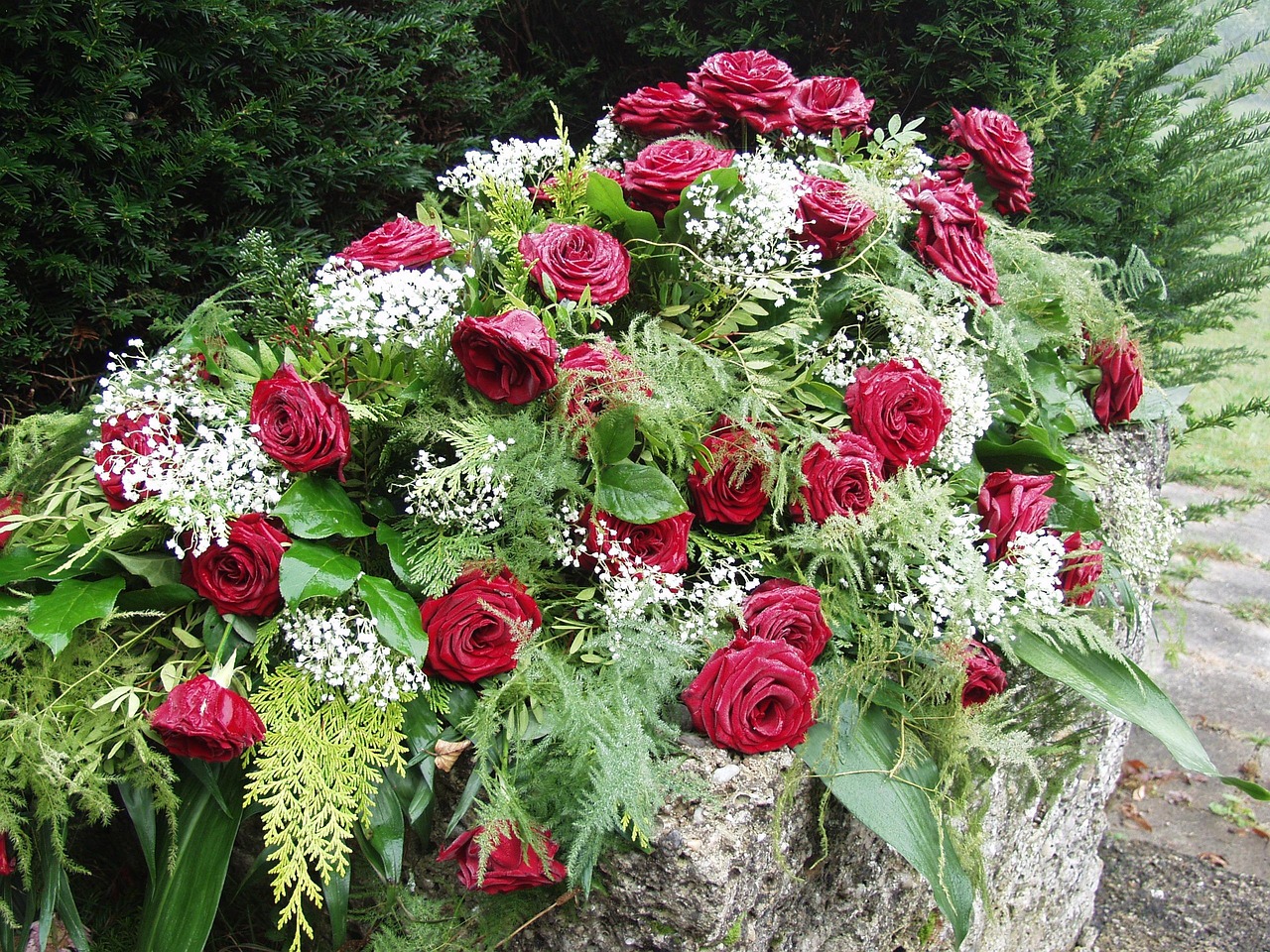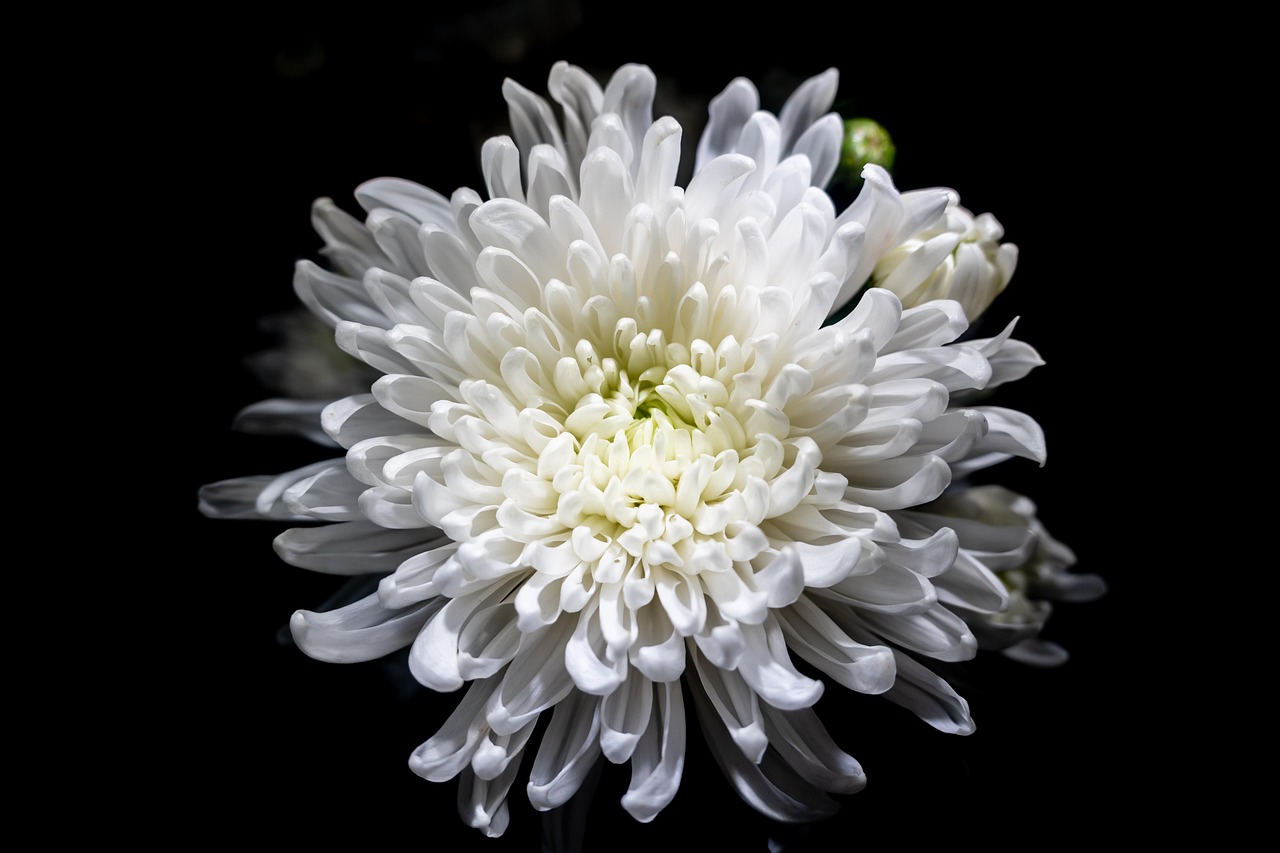Your Garden in February: Preparing for the Spring Awakening
Your Garden in February might not be the first month that comes to mind when you think of gardening, but it’s an important time to get your garden ready for the vibrant growth that spring will soon bring. While winter still lingers in many regions, February offers a unique opportunity to get ahead of the season, preparing your garden for the warmer months and enjoying the quiet beauty of winter plants. Whether you’re an experienced gardener or just getting started, this month offers a perfect balance of early gardening tasks and moments of quiet reflection.
The Winter Garden: Appreciating What’s Still Blooming
While many gardens seem barren in February, some plants are still showing off their winter beauty. Now is the time to enjoy the subtle hues of winter jasmine, hellebores, and snowdrops, which continue to bloom even in colder weather. These hardy flowers can brighten up the garden with their delicate blossoms, providing a glimpse of the upcoming season.
You can also appreciate the structure and texture of your garden during the winter months. Evergreen shrubs, ornamental grasses, and trees with striking bark can add character and interest to your landscape even when the temperatures are low. This is the time to step back and admire the backbone of your garden—the plants that will continue to thrive in the coming months.
Preparing the Soil: Getting Ready for Planting
One of the most important tasks to tackle in February is soil preparation. The soil is the foundation of your garden, and getting it ready for the spring growing season will set the stage for healthy plants and bountiful harvests. Before the soil is fully thawed, it’s important to make sure it’s free from compaction and ready for planting.
Start by clearing away any debris, fallen leaves, or dead plants from your garden beds. This will allow the soil to breathe and will prevent any unwanted pests or diseases from taking hold. If you’ve noticed areas in your garden that have become compacted, consider aerating the soil. You can do this by gently poking holes in the ground with a garden fork or aerator. Doing so will allow the soil to absorb water and nutrients more easily when the time comes for planting.
Adding organic matter, like compost or well-rotted manure, is a great way to improve soil structure and fertility. If the weather is mild enough, you can spread compost over your garden beds and lightly work it into the soil. If it’s still too cold to work with the soil, you can simply layer the compost over the top and wait for the soil to warm up.
Planning for Spring: What to Plant in February
February might feel like a time for rest, but it’s actually a great month to start planning your spring garden. Many gardeners begin planting seeds indoors in preparation for the growing season. This is the perfect time to start seeds for crops that need a longer growing season, like tomatoes, peppers, and eggplants. Starting seeds indoors allows you to get a jump on the season and gives your plants a strong start before transplanting them outdoors in late spring.
For flower enthusiasts, February is also the time to start seeds for many annuals, such as petunias, pansies, and zinnias. You can plant these seeds in small pots or seed trays and place them in a sunny window or under grow lights. Starting your flowers early will give them time to develop strong root systems, ensuring that they will bloom beautifully when they’re ready to be planted outside.
For those looking to grow their own food, February is also the perfect time to start planning your vegetable garden. Think about what you’d like to grow—whether it’s leafy greens, root vegetables, or summer squash—and plan where each crop will go in your garden. Make a list of the plants you want to grow and determine when you need to start them indoors. Also, consider the space requirements for each plant and the overall layout of your garden.
Winter Pruning and Maintenance
February is also a good time for some important garden maintenance tasks, particularly pruning. Many trees and shrubs benefit from a good pruning during the winter months. Removing dead, damaged, or diseased wood helps encourage new growth and keeps your plants healthy throughout the year.
For fruit trees, February is a great time to prune to ensure strong and productive growth. Make sure to cut away any weak or crossing branches, and open up the tree’s centre to allow sunlight and air circulation. If you have roses, you can prune them back in February as well, removing any dead or diseased wood to encourage strong new growth in the spring.
It’s also important to check your garden tools in February. This is the perfect time to clean, sharpen, and oil your tools so they’re ready to go once the growing season begins. A little maintenance now can ensure that your tools last longer and work more efficiently when you need them most.
Embrace the Quiet Beauty of Winter
While February might not be a month of intense planting and harvesting, it’s an essential time to take stock of your garden and prepare for the months ahead. It’s the calm before the storm of spring gardening, a time to plan, prepare, and appreciate the quiet beauty of your winter landscape. With the right preparations, your garden will soon come alive with colour, fragrance, and growth, ready to bloom in the warmth of spring.
So, embrace February as the perfect time for reflection and anticipation. Whether you’re pruning, planting, or simply enjoying the winter beauty of your garden, remember that every season has its own magic, and February is a time to lay the foundation for a flourishing, vibrant spring garden.



